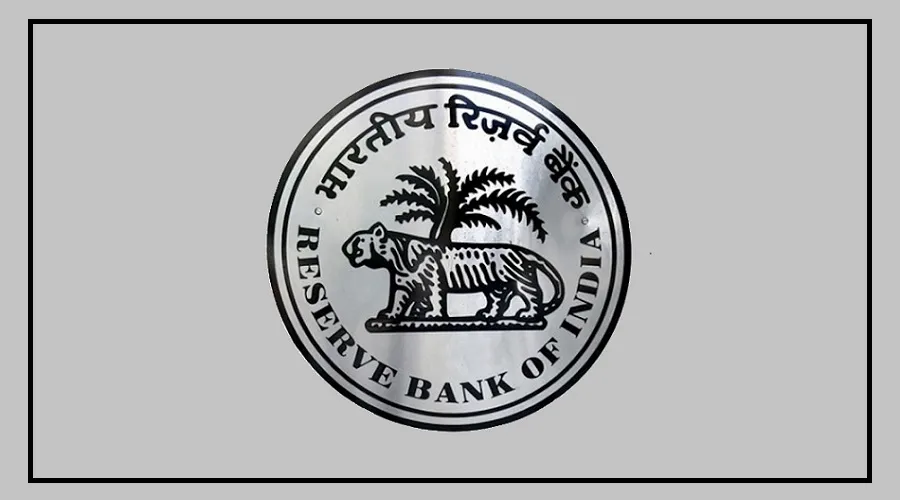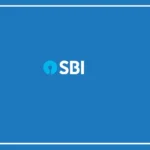The Reserve Bank of India (RBI) has rolled out a fresh set of directions for banks, effective October 1, 2025.
These cover loan interest rates, lending against gold and silver, and capital regulations.
Alongside, RBI has also released draft guidelines for public feedback on areas like gold metal loans, large exposures, intragroup transactions, and credit reporting.
New Rules for Floating Rate Loans
Currently, floating rate loans for retail borrowers and MSMEs are linked to an external benchmark such as the repo rate.
Banks add a “spread,” which could only be changed once every three years (except for credit risk).
Here’s what changes now:
Banks can reduce spreads earlier to benefit borrowers.
They may allow switching from floating to fixed rates at the time of EMI reset — but this option will now depend on the bank’s discretion, not a mandatory rule.
This means borrowers could see more flexibility in how their EMIs are managed.
Gold and Silver Loans Get Wider Access
Until now, loans against gold and silver were largely restricted to jewellers. From October 2025:
Businesses using gold as raw material in manufacturing or industrial processing can also access these loans.
Tier 3 and Tier 4 Urban Co-operative Banks are now permitted to offer gold and silver-backed loans, increasing options for borrowers.
This move is expected to make credit more accessible for small manufacturers and businesses beyond jewellery.
Updates in Capital Rules and Draft Guidelines
The RBI has also updated its Basel III capital regulations, particularly around perpetual debt instruments under Additional Tier 1 Capital.
This keeps banks financially stable while giving them flexibility to raise funds.
In addition, RBI has invited public comments (till October 20, 2025) on four draft guidelines:
Gold Metal Loans (GML): Repayment period for jewellers extended from 180 to 270 days.
Eligibility widened to non-manufacturers outsourcing jewellery.
Large Exposures & Intragroup Transactions: Clearer rules for foreign banks in India, better credit risk benefits, and updated capital-linked thresholds.
Credit Information Reporting: Data to be reported weekly (instead of fortnightly), with quicker corrections and addition of CKYC numbers.
























